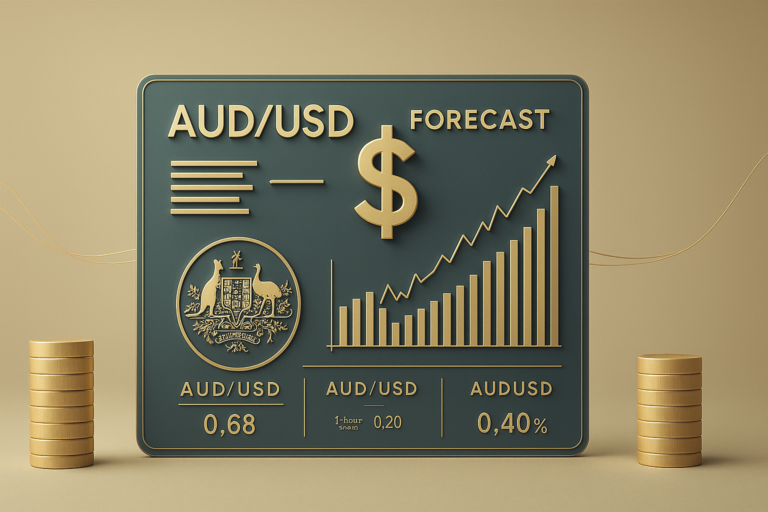
Spread only vs raw pricing: Grasp the differences to enhance your Forex trading success!
In the world of Forex trading, understanding the difference between spread only and raw pricing is crucial. Both terms refer to how traders pay for currency trades, but they can significantly impact your profit margins. Spread only pricing includes the broker’s markup on the spread, while raw pricing offers a tighter spread, often with a commission. Knowing which one to choose can make a big difference in your trading success.
Many traders, whether beginners or seasoned professionals, often struggle with these concepts. They may not see how these pricing structures affect their trades, leading to confusion and potential losses. It’s essential to grasp these differences to ensure you can make informed decisions and enhance your trading strategies.
For those looking at the EURUSD forecast April 28, 2025, understanding pricing structures can also help predict currency movements and make better trading choices.
Understanding the spread only vs raw pricing
The challenge of choosing between spread only and raw pricing lies in how they are structured. Spread only pricing means that the broker includes their markup within the spread. For example, if the EUR/USD exchange rate is 1.1000, and the broker’s spread is 2 pips, the trader will buy at 1.1002 and sell at 1.0998. This method is straightforward but can lead to higher costs for the trader.
In contrast, raw pricing offers a more transparent structure. Here, the trader pays a smaller spread, but a separate commission is charged. This means when trading EUR/USD, the spread might be only 1 pip, and there’s an added commission of $5 per trade. While this might seem more complicated, it often leads to lower overall costs for active traders. For instance, a trader making multiple trades can save significantly with raw pricing.
Pro’s and Con’s for spread only vs raw pricing
When evaluating spread only vs raw pricing, there are several pros and cons to consider. Let’s break it down for both beginners and pros.
Pros of Spread Only Pricing
- Simplicity: It’s easy to understand—what you see is what you get.
- No Additional Fees: No surprise commissions, making it straightforward for budgeting.
Cons of Spread Only Pricing
- Higher Costs: The broker’s markup can be significant, especially in volatile markets.
- Less Transparency: It may be challenging to understand exactly how much you’re paying.
Pros of Raw Pricing
- Lower Overall Costs: Especially beneficial for high-frequency traders.
- Better Transparency: You can clearly see the spread and commission.
Cons of Raw Pricing
- Complexity: It requires more understanding of costs and calculations.
- Additional Fees: Some brokers may charge high commissions, eating into profits.
To mitigate these challenges, traders can implement best practices such as comparing brokers, understanding the market conditions, and being aware of their trading frequency. For advanced traders, it’s crucial to analyze trade costs regularly and adjust strategies accordingly. Keeping an eye on spreads during major news events can also help avoid unexpected costs.
Additionally, for those looking at the July 29, 2025 forecast, understanding these pricing structures can enhance your prediction accuracy.
Frequently Asked Questions
1. What is the difference between spread only and raw pricing?
Spread only pricing includes the broker’s markup in the spread, while raw pricing offers a tighter spread with an additional commission. This affects the overall cost of trades.
2. Which pricing method is better for beginners?
Beginners may find spread only pricing easier to understand, but raw pricing can save money in the long run. It’s essential to weigh the pros and cons based on trading frequency.
3. Can I switch between pricing methods?
Yes, many brokers offer both pricing options. Traders can switch based on their strategy and market conditions.
4. How do market conditions affect spreads?
During high volatility, spreads can widen, especially in spread only pricing. Raw pricing may still experience some widening, but overall costs may remain lower.
5. Are all brokers the same in terms of pricing?
No, brokers have different spreads and commissions. It’s crucial to compare brokers before trading.
Conclusion
Understanding spread only vs raw pricing is vital for every Forex trader. Knowing the difference can help you save money and make more informed decisions. By staying informed and adjusting your strategies, you can navigate these pricing structures effectively.
Stay curious and keep learning! The world of Forex is vast, and every bit of knowledge can help enhance your trading journey.
Recommended Next Steps
Now that you’ve learned about spread only vs raw pricing, here are some action steps:
- Research brokers offering both pricing methods.
- Practice trading with a demo account to see how each pricing structure affects your trades.
- Join Forex trading communities to share experiences and learn from others.
Remember, understanding these pricing strategies is vital to your success in Forex trading!
Looking to go beyond the basics? This resource offers deeper insights MarketWatch, Kiplinger
Expand Your Knowledge
- 📌 Forex Trading Learning Road Map
- 📌 Forex Trading Course with no Fees
- 📌 Forex Trading Issues, Problems, and Solutions
- 📌 Forex Daily Forecast & Live Updates
- 📌 Forex Fundamental & News Analysis: Tomorrow’s Market Movers & Trade Opportunities
- 📌 Forex Education Hub: Learn & Profit
- 📌 Forex Technical Analysis, Indicators & EA’s
Start Trading Today
Ready to take your forex trading to the next level? Open an account with Exness, one of the most trusted platforms in the industry. 👉 Sign Up Now and trade with confidence!
My recommended broker stands out with ultra-low spreads for beginners, instant withdrawals, and zero spread accounts for pro traders.
Trusted since 2008, lightning-fast execution, no hidden fees, and a secure, transparent trading environment—giving you the edge you need to succeed. 🚀
YouTube Video Library: Related Videos
Note: The video above is embedded from YouTube and is the property of its original creator. We do not own or take responsibility for the content or opinions expressed in the video.





